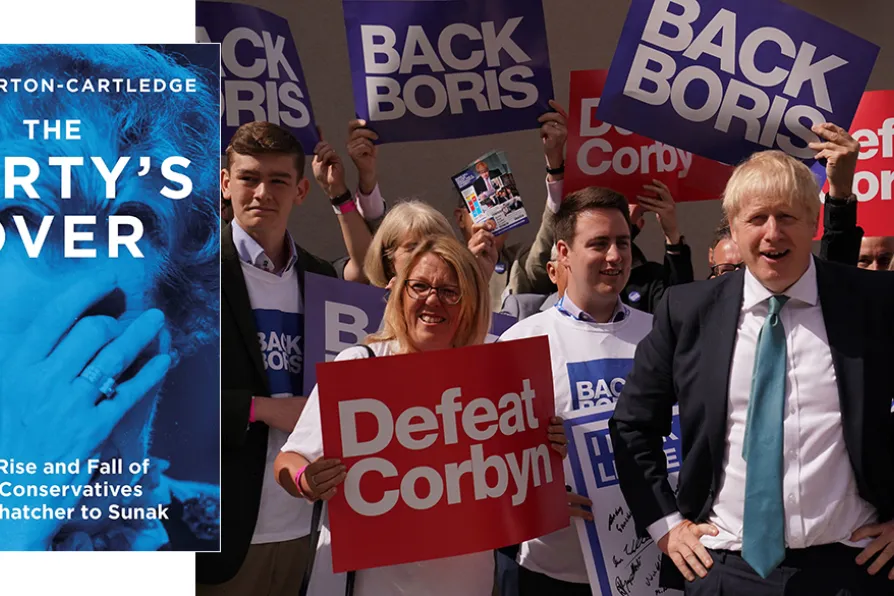PRAGYA AGARWAL recommends a collection of drawings that explore the relation of indigenous people to the land in south Asia, Africa and the Caribbean

 Conservative party leadership contender Boris Johnson with supporters during a Tory leadership hustings at Darlington Hippodrome
Conservative party leadership contender Boris Johnson with supporters during a Tory leadership hustings at Darlington Hippodrome
The Party’s Over
Phil Burton-Cartledge, Verso, £11.99
THIS is an updated version of a rarity on the left, a book that takes the Tory Party seriously as a political actor.
Socialists endlessly pore over the entrails of the Labour Party, yet the Conservatives are routinely dismissed in the most sweeping terms as simply the pliable governing instrument of the class enemy.
The Tories deserve more scrutiny of the sort this book attempts. After all, it is not only the concentrated expression of the British bourgeoisie, it also from time to time gets more working-class votes at elections than the Labour Party.

Deep disillusionment with the Westminster cross-party consensus means rupture with the status quo is on the cards – bringing not only opportunities but also dangers, says NICK WRIGHT

The Tories’ trouble is rooted in the British capitalist Establishment now being more disoriented and uncertain of its social mission than before, argues ANDREW MURRAY

Research shows Farage mainly gets rebel voters from the Tory base and Labour loses voters to the Greens and Lib Dems — but this doesn’t mean the danger from the right isn’t real, explains historian KEITH FLETT











